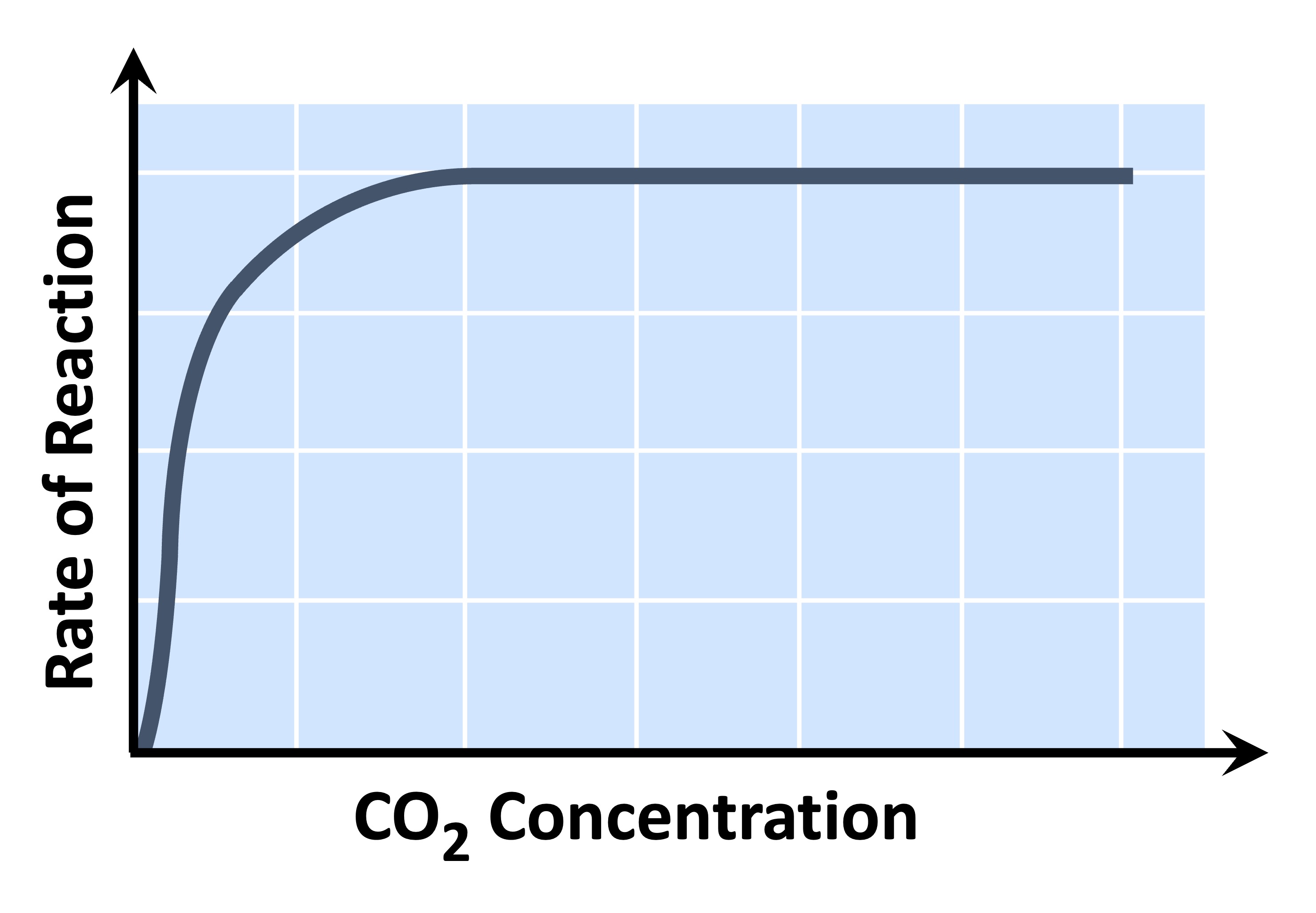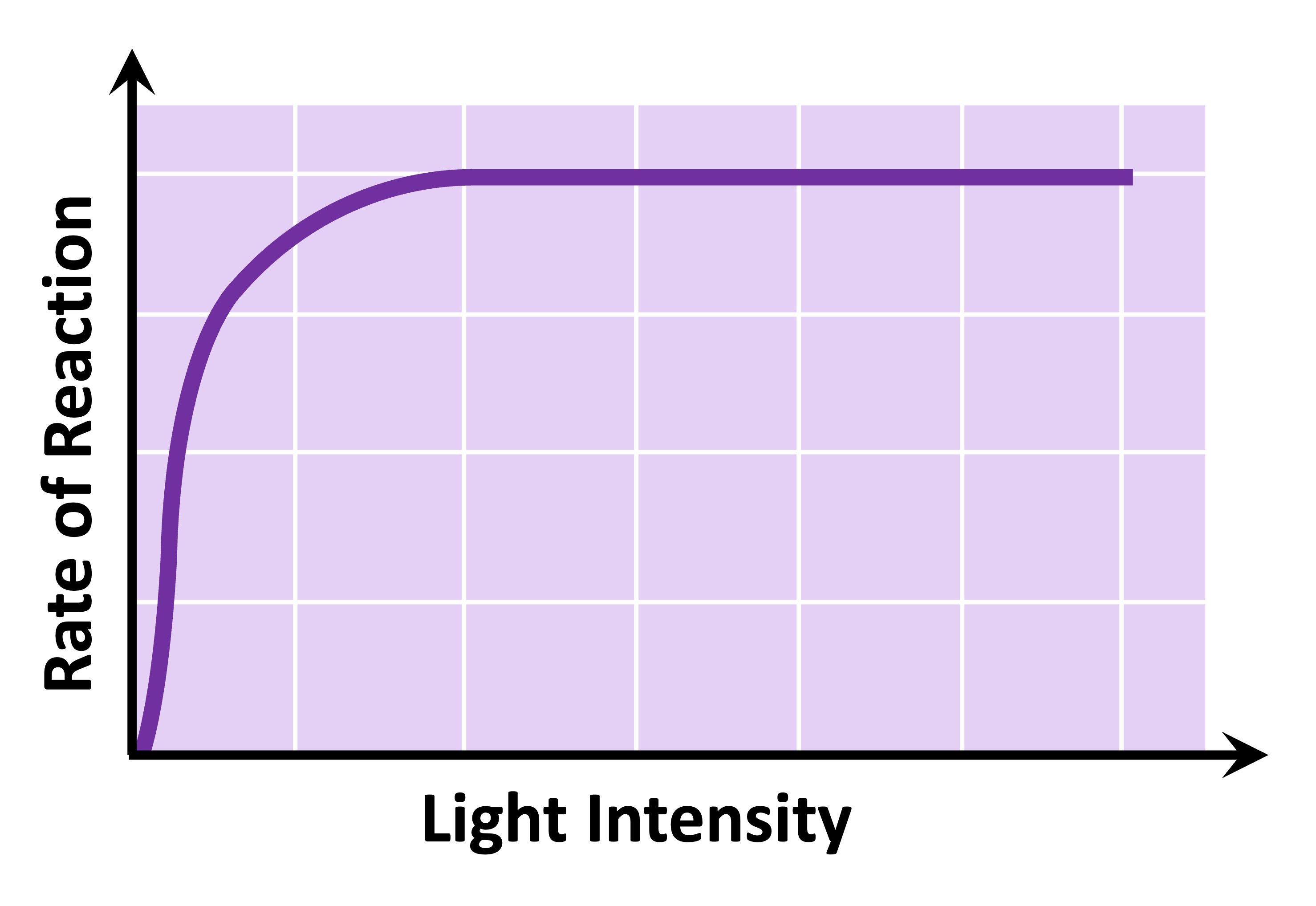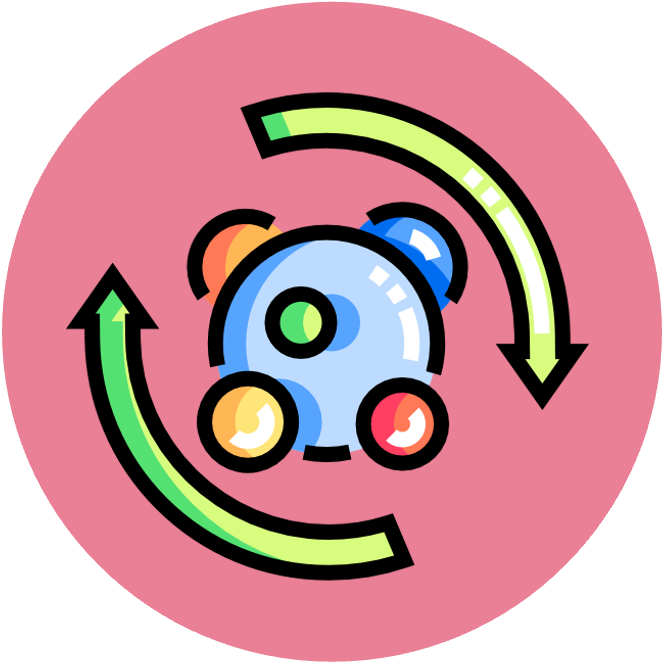

Limiting Factors
When a chemical process depends on multiple conditions to occur, the reaction rate will be limited by the condition nearest to its minimum value
-
This is known as the law of limiting factors (the factor in the shortest supply will determine the rate of a biochemical process)
There are numerous variables that can potentially affect the rate of photosynthesis within an organism
-
Temperature and pH will alter the functionality of photosynthetic enzymes and hence influence reaction rates
-
Carbon dioxide is a required input for photosynthesis and the levels of availability will influence reaction rates
-
Light intensity will also influence rates of reaction by determining the activation of photosynthetic pigments
Enzyme Factors
Temperature affects the rate of photosynthesis by impacting the frequency of successful enzyme-substrate collisions
-
At low temperatures the respiration rate will be low as there is insufficient kinetic energy for frequent collisions
-
At high temperatures the respiration rate will be low as the enzymes begin to denature and lose their functionality
-
Rates will be highest at a temperature that reflects the optimum conditions for photosynthetic enzymes (such as Rubisco)
pH also affects the rate of photosynthesis by changing the charge and solubility of the enzymes involved
-
Photosynthetic rates will be highest at a pH that reflects optimum physiological condtions (typically a pH of ~7)
-
Any pH condition outside of an optimal range will cause the enzyme to denature, reducing the photosynthetic rate


Photosynthetic Inputs
Carbon dioxide is the main source of carbon used to synthesise organic compounds in the light independent reactions
-
Increasing concentrations of carbon dioxide will result in higher rates of photosynthesis until all enzymes (e.g. Rubisco) are saturated (resulting in a plateau)
-
The concentration of carbon dioxide can be experimentally regulated by using tablets of sodium bicarbonate (baking soda)
-
Sodium bicarbonate dissolves in water to form carbonic acid – which readily dissociates to form carbon dioxide
-
Light is required for the photoactivation of pigments and the subsequent production of chemical energy (ATP)
-
Increasing the intensity of light will result in high rates of photosynthesis until all pigments are photoactivated (resulting in a plateau)
-
Light intensity can be experimentally regulated by controlling the distance of a light source (and measuring with a lux meter)
-
In addition to light intensity, photosynthetic rates will also be impacted by the specific wavelength (colour) of light


Measuring Photosynthesis
Photosynthesis can be measured directly via the uptake of CO2 and production of O2 – or indirectly via a change in biomass
-
It is important to recognise that these levels may be influenced by the relative amount of cell respiration occurring in the tissue
CO2 Uptake
-
Carbon dioxide uptake can be measured by placing leaf tissue in an enclosed space with water
-
Water free of dissolved carbon dioxide can initially be produced by boiling and cooling water
-
Carbon dioxide interacts with the water molecules, producing bicarbonate and hydrogen ions, which changes the pH (↑ acidity)
-
Increased uptake of CO2 by the plant will lower the concentration in solution and increase the alkalinity (measure with probe)
-
Alternatively, carbon dioxide levels may be monitored via a data logger
O2 Production
-
Oxygen production can be measured by submerging a plant in an enclosed water-filled space attached to a sealed gas syringe
-
Any oxygen gas produced will bubble out of solution and can be measured by a change in meniscus level on the syringe
-
Alternatively, oxygen production could be measured by the time taken for submerged leaf discs to surface
-
Oxygen levels can also be measured with a data logger if the appropriate probe is available
Biomass (Indirect)
-
Glucose production can be indirectly measured by a change in the plant’s biomass (weight)
-
This requires the plant tissue to be completely dehydrated prior to weighing to ensure the change in biomass represents organic matter and not water content
-
An alternative method for measuring glucose production is to determine the change in starch levels (glucose is stored as starch)
-
Starch can be identified via iodine staining (turns starch solution purple) and quantitated using a colorimeter




